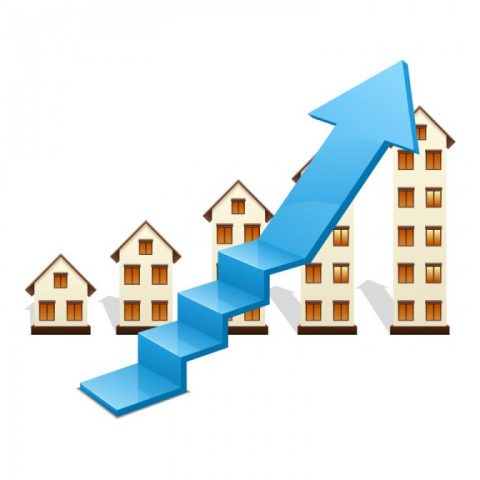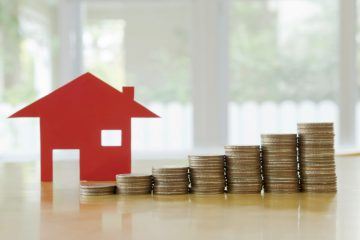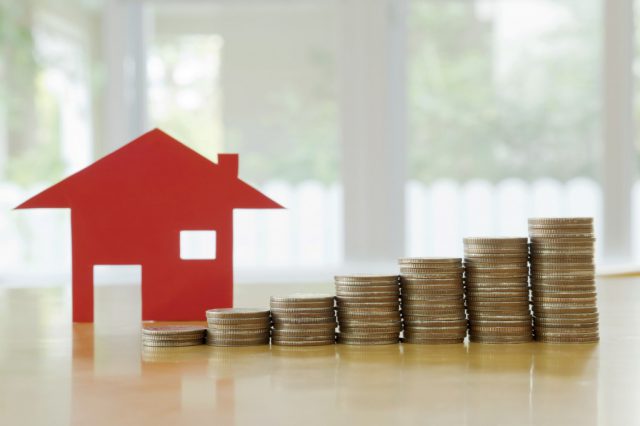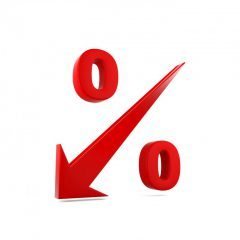London House Price Growth Drops from 13% to 3% in a Year
The rate of London house price growth has dropped from 13% to 3% in the past 12 months, according to the May 2017 UK Cities House Price Index from Hometrack.
Overall city house price growth for the UK is slower than a year ago, but average values rose by 3.5% in the last three months.
Annual UK city house price growth stood at an average of 5.1% in May – down from 8.8% in May 2016. Half of cities in the UK have recorded faster growth than a year ago.
Cities in the South East of England have experienced the greatest slowdown over the past year – London from 13% to 3% and Cambridge from 13% to just 2%.

London House Price Growth Drops from 13% to 3% in a Year
While the annual rate of growth is at 5.1%, the index has recorded an acceleration in growth over the past three months, with average prices across the 20-city index up by 3.5%. This is the highest quarterly rate of growth for three years, since June 2014.
All cities, with the exception of Oxford and Aberdeen, have registered higher prices in the last three months. Large regional cities recorded the highest price rises over the past quarter – Birmingham (3.8%), Nottingham (3.8%), Newcastle (3.5%) and Manchester (3.3%).
House prices in these and other cities continue to rise off a low base, supported by a lack of housing for sale and low mortgage rates.
Hometrack believes that there is the potential for material upside in house prices outside the south of England. Price increases since 2009 range from 85% in London to 12% in Glasgow.
Regional cities are unlikely to see London levels of growth, the firm claims, but it expects the gap in growth from 2009 to close. Cities with growing economics creating jobs have the greatest upside, the index reports.
Birmingham (7.7%) and Manchester (6.8%) are examples of cities with sustained, above average price growth. A negative economic impact from the Brexit negotiations or an upward shift in mortgage rates remain the key risks.
In contrast, the London property market has recorded 90% growth since 2009. Affordability and uncertainty are affecting demand, says Hometrack. London has seen the lowest annual growth (3.3%) for five years, however, the rapid deceleration in price inflation is showing signs of bottoming out.
On current trends, the firm does not expect to see the London city index slip into negative year-on-year growth during 2017. It predicts annual growth to end the year at 2-3%. The challenge for businesses operating in London is lower turnover, it believes, which is the market response to weaker demand.
Some sub-markets within the capital, which covers 46 local authority areas, are registering price falls.
House price growth is between 4-6% in the lowest value areas – down from 15-18% a year ago. Increases are lowest in the highest value markets, where growth has been in single digits for the past year. Sub-markets with prices between £600,000-£800,000 are where small annual price falls are currently concentrated – for example, Islington and Hammersmith.
The Founder and CEO of online estate agent eMoov.co.uk, Russell Quirk, comments on the index: “Demand for city living seems alive and well, despite the farcical political events of late. Other than Oxford, a city paying the price for its previous accolade of UK’s most expensive, and Aberdeen, which has suffered due to a declining economy, house price growth across the UK’s major cities seems to have remained stable.
“We are starting to see a real shift away from London in terms of the capital leading the rate of price growth in the UK, and there seems to be a growing transfer of power to the Midlands and the north. The markets in London and the South East, in particular, were teetering on an election knife edge, but the less than satisfactory result, coupled with signs that the London property slowdown is soon to bottom out, means that prices in the regions are likely to stay flat for the remainder of the year now.”







